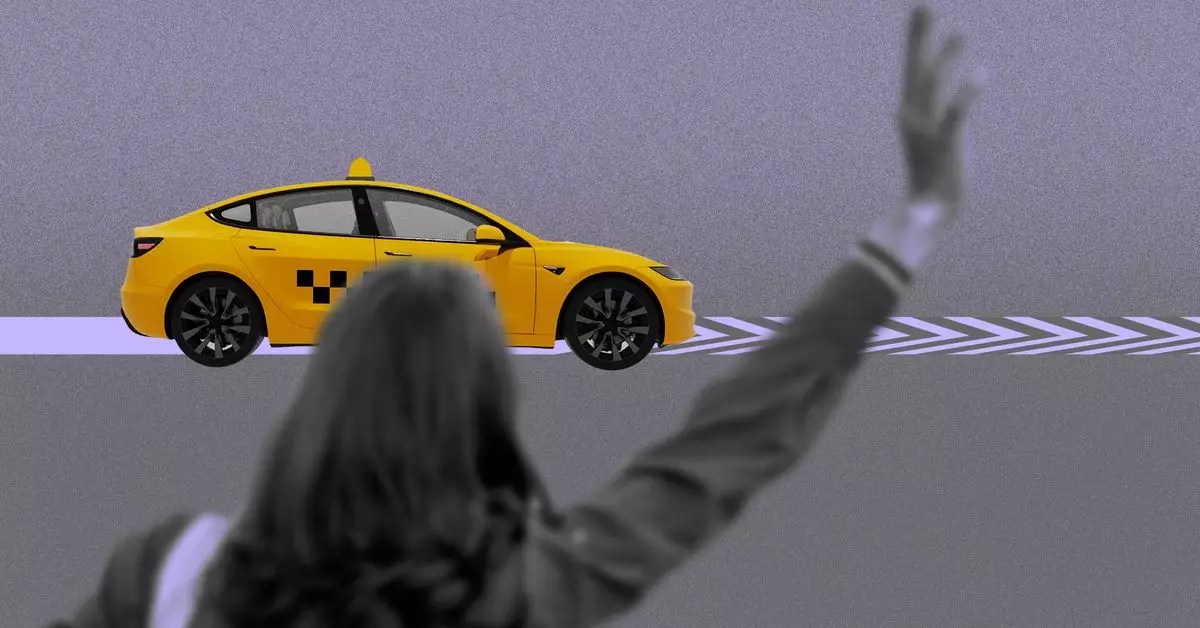Tesla’s upcoming “We, Robot” event is set to be a landmark occasion, poised to mark a significant turning point in the realm of autonomous transportation. Scheduled to take place at the iconic Warner Bros. film studio in Burbank, California, this event carries not just the promise of groundbreaking innovations, but also the weight of expectation from fans, investors, and the automotive industry alike. At the center of this buzz is CEO Elon Musk, who will be unveiling what is touted as Tesla’s first fully driverless vehicle. This announcement is critical, especially after years of promises that self-driving cars were always “just around the corner.”
One of the most significant focuses of the event will be the Tesla Network, the company’s ambitious venture into autonomous ride-hailing services. This platform is envisioned as a hub for Tesla’s autonomous technology, linking drivers with riders in real time. Besides its promise of enhanced convenience and efficiency, the success of the Tesla Network could alter how consumers perceive and utilize transportation options. However, delivering a fully operational autonomous taxi service that can rival the established giants like Waymo and Cruise is a daunting task. With past delays serving as a cautionary tale, the “We, Robot” event will act as a litmus test for Musk’s vision and technological prowess.
The competitive landscape of autonomous vehicles features formidable contenders, each with its own strengths and market strategies. Waymo and Cruise have garnered significant advancements in driverless technology, raising the stakes for Tesla. The company’s ability to innovate and adapt will be under scrutiny as it seeks to compete not just in technological capabilities, but also in regulatory compliance and public acceptance.
Musk’s history of overpromising has also led to skepticism among industry watchmen. Questions linger about whether Tesla can indeed fulfill its lofty aspirations this time, or if it will face yet another round of setbacks. The event could either reaffirm Musk’s position as a trailblazer in the sector or expose the vulnerabilities and challenges that still face the development of fully autonomous vehicles.
Adding another layer to the “We, Robot” event is the anticipated update on Tesla’s humanoid robot, Optimus. This initiative has captured the imagination of tech enthusiasts and investors alike, positioning Tesla not merely as a car manufacturer but as an innovator in robotics. The dual focus on autonomous vehicles and humanoid robots underscores a strategic vision that aims to transcend traditional automotive paradigms.
Furthermore, the event may shed light on Tesla’s plans to introduce a more affordable vehicle to compete with the burgeoning electric vehicle (EV) market in China. By diversifying its product lineup and aiming for budget-conscious consumers, Tesla may find new avenues for growth and development.
In this pivotal moment, Tesla stands on the brink of either transformative advancements or disillusionment. The “We, Robot” event will serve as a critical junction for Musk and the company. With high expectations from stakeholders and the pressing need to showcase viable technology, viewers will be searching for tangible results instead of mere promises. As the future of self-driving technology hangs in the balance, all eyes will be on Tesla to determine if it can truly live up to its ambitious claims and solidify its place in the dynamic landscape of autonomous transportation.


Leave a Reply